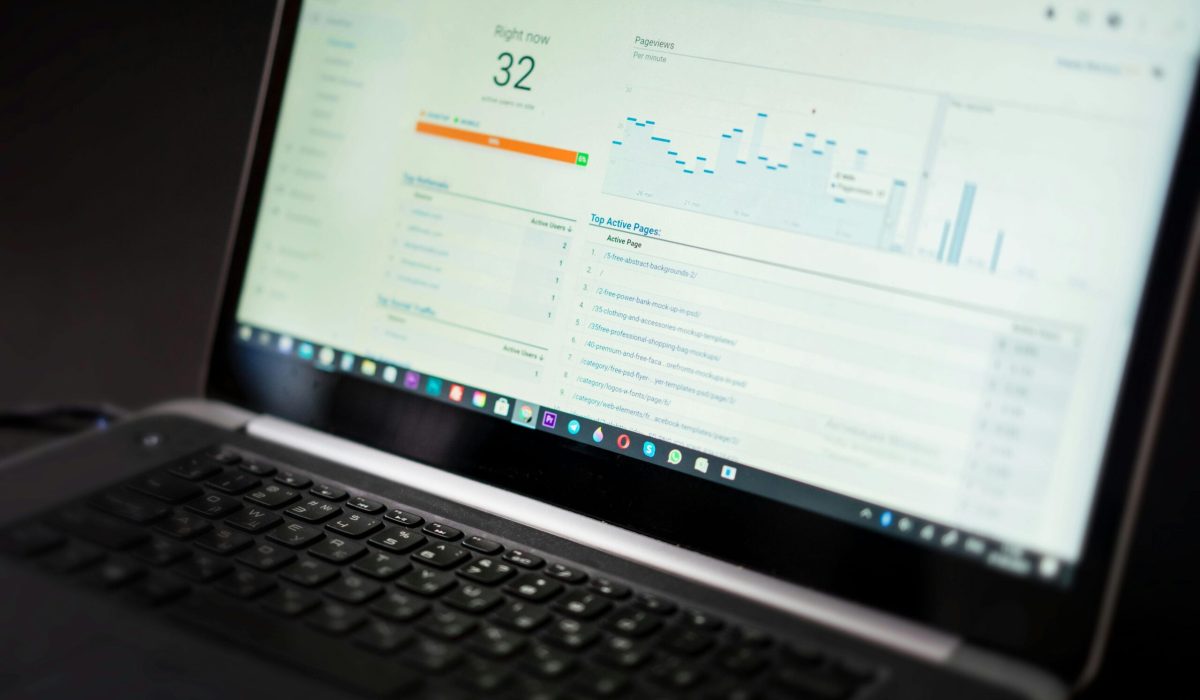If you’re generating leads for your digital marketing, SEO, or web design business, tracking how those leads convert is crucial. But too often, agencies and freelancers rely on guesswork instead of real data. The good news? You don’t need expensive tools or complex setups to understand what’s working. You just need the right metrics, simple systems, and a clear process.
In this blog, we’ll walk you through how to track lead conversion metrics easily so you can make smarter decisions, close more clients, and improve your marketing strategies. 📈
Why Tracking Conversion Metrics Matters
Whether you’re buying leads or generating them through content, PPC, or social media campaigns, you need to know which leads actually convert into paying clients. Tracking conversion metrics helps you:
✅ Identify your most profitable lead sources
✅ Optimize your sales process
✅ Forecast revenue more accurately
✅ Prove ROI for your marketing spend
Without these insights, you’re flying blind—and missing opportunities to grow.
Start with These Core Metrics 👇
You don’t have to track everything. Focus on these essential metrics first:
1. Lead-to-Customer Conversion Rate
This shows what percentage of your leads turn into actual paying clients.
Formula: (Number of Customers / Number of Leads) x 100
Example: If you had 50 leads last month and closed 10 clients, your conversion rate is 20%.
2. Time to Convert
How long does it take a lead to become a customer? Are they signing within a day or taking weeks to decide? Knowing this helps you improve follow-up and pipeline management.
3. Cost per Lead (CPL)
How much are you spending to acquire one lead?
Formula: Total Ad Spend or Marketing Cost ÷ Number of Leads
If you’re using paid ads or buying leads, this is a must-know number.
4. Cost per Acquisition (CPA)
This tells you how much it costs to actually gain a new customer—not just a lead.
Formula: Total Spend ÷ Number of Clients Acquired
It gives you a better picture of profitability.
5. Lead Source Performance
Where are your leads coming from—Google Ads, Facebook, SEO, referrals, email campaigns? Track which channels bring the best results.
Set Up a Simple Tracking System 🛠️
You don’t need fancy software to track your metrics. Here’s how to set it up with minimal tools:
Use a Spreadsheet
Start with Google Sheets or Excel. Create columns for:
- Lead name
- Source (Facebook, Google Ads, Website, etc.)
- Date received
- Status (New, Contacted, Proposal Sent, Won, Lost)
- Date of conversion (if applicable)
- Value (Estimated or actual deal amount)
Use a Free CRM
If spreadsheets feel messy, tools like HubSpot CRM, Zoho CRM, or Pipedrive offer free plans that help track and automate lead stages.
Use UTM Parameters for Online Tracking
If you run online ads or campaigns, use UTM tracking to identify where leads came from. This helps you pinpoint which ad or campaign brought in high-quality leads.
Integrate with Google Analytics
For website leads, set up goals in Google Analytics (like form submissions or contact button clicks). This helps measure your website’s effectiveness in converting traffic to leads.
Review Metrics Weekly or Monthly 🔄
Don’t let data sit untouched. Create a simple habit of reviewing your conversion metrics every week or month. Ask yourself:
- Which lead sources had the best conversion rates?
- Are you improving or dropping compared to last month?
- What actions (emails, calls, follow-ups) led to successful conversions?
This ongoing review helps you make better marketing and sales decisions.
Bonus Tip: Track Quality, Not Just Quantity ✅
Not all leads are created equal. You may get 100 leads from one source, but if only 2 convert, it’s less valuable than a source that brings 10 leads with 5 conversions. Always focus on quality over volume.
Tools to Help You Track Easily
- HubSpot CRM – Great for tracking deals, emails, and conversion status
- Google Analytics – Ideal for website goal tracking and source attribution
- Google Sheets – Perfect for a manual and customizable tracking system
- LeadSquared or Zoho CRM – Affordable options for small agencies
- CallRail or Bitrix24 – If you’re also tracking calls and SMS leads
Final Thoughts 😊
Learning how to track lead conversion metrics easily doesn’t require complicated tools or a big budget. It just takes a little consistency and the right focus.
By tracking metrics like lead-to-customer rate, time to convert, cost per acquisition, and source performance, you’ll get a clearer picture of what’s working—and what’s not.
Start simple, stay consistent, and use your data to grow smarter. Over time, you’ll attract better leads, close more deals, and scale your marketing agency or freelance business with confidence.
Need help getting started with tracking or managing your leads? Reach out to our team—we’re here to help you convert smarter, not harder! 🚀 WebsiteSeoLeads

